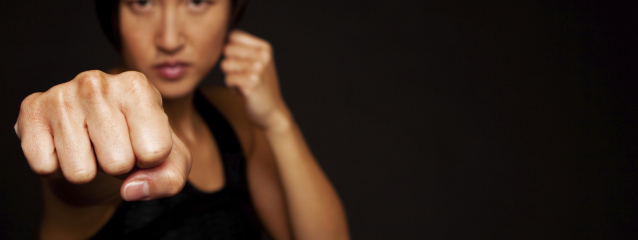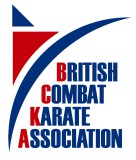
The real world is not like a dojo
When we train it is usually inside and well lit, on a soft or sprung surface with no obstacles. The environment is static (no moving cars, etc.) and with plenty of space to move freely. The real world is rarely like this. When we face violence it is often outside, likely to be dark or have low lighting. Surfaces will be hard (pavement, road, walls, etc), and uncertain (obstacles, potholes, broken bottles, wet). The environment is dynamic: moving objects, people and / or vehicles. The encounter can be contained within a very large area or very small area (or anything in between) – from a pub doorway to a dark alley to a wide-open car park. We need to adjust our training to accomodate these differences.
Complete dark, or restricted lighting (e.g., in a nightclub), is in theory easy to simulate by turning off the dojo lights. It is, however, somewhat dangerous and makes it difficult for the instructor to observe the training. In addition, we can create a more effective drill that draws in other elements like the physiological impact of being drunk. To do this, I recommend that instead of lowering the lighting, the student’s vision is impaired. There are some simple ways this can be achieved in a progressive manner.
Once the drills detailed below have been mastered, restricted vision and disorientation can be integrated into normal karate training. That is, for example, kata, kihon, bunkai, etc., can all be practiced with the students keeping one eye closed, wearing impairment googles, dizzy and so on.
Drill 9: Hit it!
If your training involves just hitting the air, then you need to start hitting real things: hit kick shields and focus pads hard, work on a punch bag, hit other people wtih careful control and let other people hit you. You can introduce real contact into any existing karate training - including kata.
Drill 10: I can't see clearly now
This drill is intended to introduce students to the effects of impaired vision. For those experiencing this for the first time, it can be quite surprising how impactful working with only one eye can be. Ask one student to close an eye while attempting to touch their partner’s chest to represent a body strike. The partner should try and avoid the touch. This is done as a touch because depth perception and peripheral vision is heavily impaired and therefore attempting to strike can be dangerous. Make sure they switch eye occasionally, as the loss of the dominant eye is more impactful on perception. Their sparring partner should key both eyes open.
Drill 11: I'm spinning around
Once Drill 10 has been mastered to the extent that the occasional touch is made, get the student to spin rapidly on the spot for 30 – 40 seconds, until they are dizzy. Then repeat the first drill. The dizziness simulates the effect of being drunk or disorientated and makes it significantly harder to judge range. If available, impairment goggles (“beer goggles”) can be used for to limit vision from both eyes.
Drill 12: Get a grip
Repeat drills 10 and 11 but have the student take a grip on their partner first. That is, grasp the elbow, shoulder, hand or other body part while attempting to touch the chest with the free hand. The grip position should be adjusted to practice from different positions. This drill is designed to demonstrate the importance of keeping a hand on an opponent when visibility is poor to assist target finding.
Drill 13: Why you don't let them get a grip on
Repeat drills 10, 11 and 12 with the addition of the partner making simulated strikes (i.e., touches) to the head, chest or inner thigh (representing the groin). Performed like this, drills 10 and 11 should demonstrate the almost impossibility of preventing strikes with impaired vision while drill 12 will help the student learn how to judge body movement to detect incoming strikes when they can’t see clearly.
